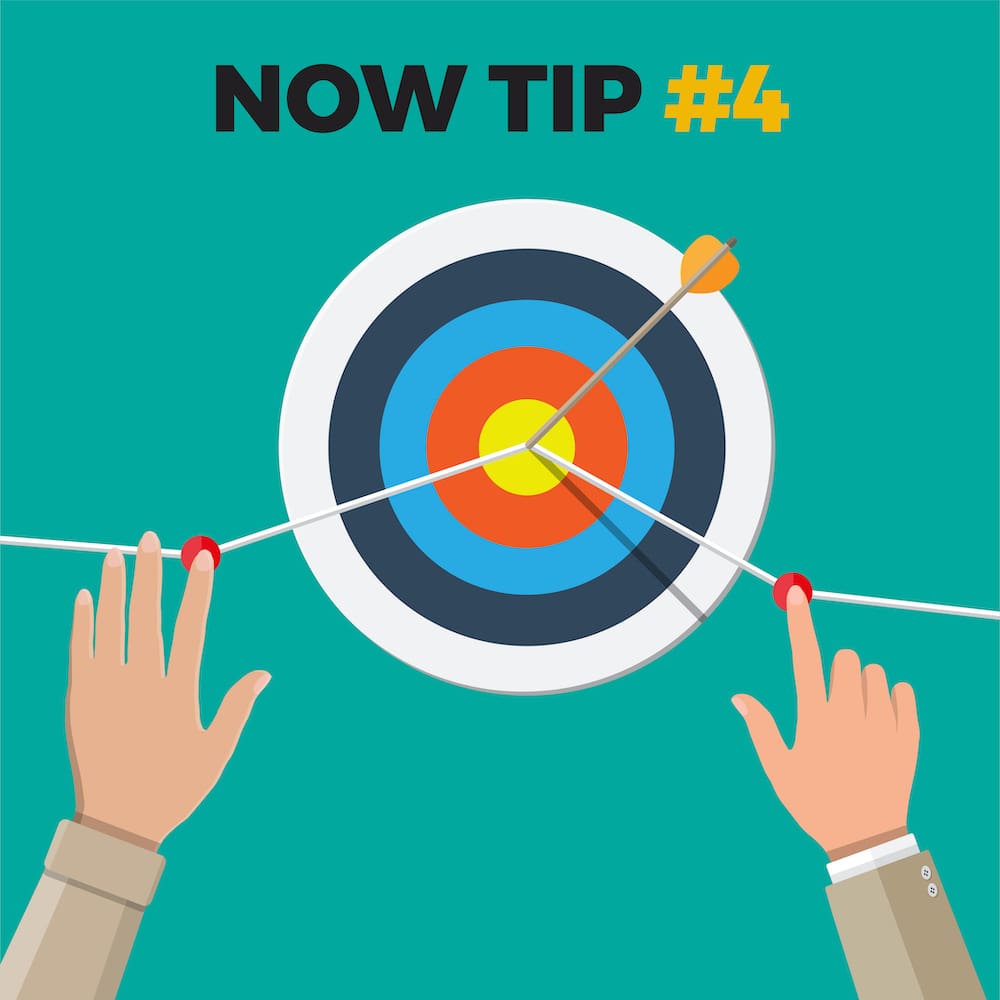It’s old news that we’re living in a new digital world. As marketers, we can hardly keep pace with technology’s speedy innovations and their rapidly evolving improvements.
We’re flooded with reams of data we don’t quite know what to do with. Ddigitalccommerce is shrinking the world market and levelling the playing field for clients big and small.
Meanwhile our target audiences, the consumers and shoppers we’re striving to engage and connect with, are happily and confidently embracing it all in their stride, accepting ‘The New’ as fast as it can become ‘The Now’.
But what if you could push pause – then reset and relaunch your brand from scratch in today’s digital world? What would you do differently?
Think about it. Knowing what we know now, what marketing plans would you have created for a world in which 89 per cent of Australians own a smartphone and 77 per cent wouldn’t consider leaving the house without it?
An age in which we’re reading our phones every three minutes, checking for new emails, social media updates, app updates, personalised InMail, and geo-relevant messages.
Where ‘Google’ is now a transitive verb in the dictionary and our daily vocabulary and where it is commonplace for us to search online for a price match or peer review whilst standing outside a store or in front of a shelf.
How would your media plans have changed with the knowledge that there are more screen time minutes each day on mobile devices, than on TV?
Where the 24/7 information cycle means we now process five times more information than we did 25 years ago, the equivalent of reading 175 newspapers daily.
How would you penetrate the more than 3000 marketing, advertising and sales messages that we are exposed to every single day?
Furthermore, how would you build your corporate strategy in this new world of start- up unicorns (companies valued at over $1bn)?
What plans would you formulate to compete with the likes of such companies as Airbnb or Uber? They’ve changed the rules and they’re profiting.
Take Uber, it’s the largest car company in the world yet it doesn’t own a single car. It’s estimated to be worth more than US$50 billion if it goes IPO, a value greater than General Motors.
It’s disrupting the taxi industry, by changing our expectations of the service and how to get it. It’s creating hundreds of thousands of jobs worldwide by enabling people to work on their own terms while strengthening the power of the customer.
What’s next for Uber? It’s rumoured to be looking into doubling as a courier and/or freight service. You’re probably sitting right now with dozens of interesting ideas, things you could or should do, things you’d love to do, but let’s snap back to reality.
The truth is, FMCG corporates are often handcuffed and hampered by barriers beyond their control. There are decades of traditional marketing methods and billions of dollars of tried and tested global best practice processes to follow.
There are set ways of selling and communicating brands and a set marketplace as well. We need to hold onto our current mass marketing approach because that’s what our management teams understand, it’s what we know about, it’s what most agencies know about, and it’s also what retail customers expect.
Herein lies the conundrum. As consumers and shoppers, we ardently embrace new trends and new technologies. But as marketers, sales people and business managers, we too often turn our backs on these once we enter our offices.
Many of today’s FMCG marketers rely on traditional methods, sometimes forced onto them by legacy systems or global processes that are dated as soon as they’re launched. And in today’s fast paced, sales and profit driven corporate environments, it’s often much easier to just rehash a traditional activity from last year and attribute that uplift to next year’s brand or account plan than to fight for a new transformative way of doing things.
McKinsey’s study on the S&P 500 (the top 500 listed companies in the US), outlined a staggering shift in the lifespan of companies on the list. In 1935 once you made the list, a company could expect to remain on the S&P 500 for 90 years. In 1975, it was 26 years, and by 2015 it was down to 17 years.
Washington University School of Business estimates that in the next decade, 40 per cent of the S&P 500 will be gone – changed, merged or extinct. Today, being large doesn’t guarantee future success. Remember Kodak?
The new paradigm isn’t big trumps small, it’s fast beats slow. So how are FMCGs dealing with these changes? Over the next several articles, I’ll be exploring this and trying to uncover their interesting solutions, tips and advice.
I’ll be talking to C-Levels, locally and globally, different clients, key industry players, and movers and shakers, to delve into their challenges and reveal their winning strategies in this digital world.
As the head of an integrated marketing agency, where we pride ourselves on innovative progressive solutions, we’re constantly tasked to help established brands and companies do things differently and disrupt successfully.
We quickly discovered that to make significant gains in a company, we must go beyond the very marketing departments that call us in. Senior management and shareholders have to understand, acknowledge and finally accept that they are facing a burning platform in order to enable true change to happen. And then they need to agree to allow the change to happen quickly.
The day has arrived. FMCGs have to act fast to move successfully and profitably full speed ahead into the digital future. Watch this space.
Kingston Lee-Young is founder and MD of Now Comms.


